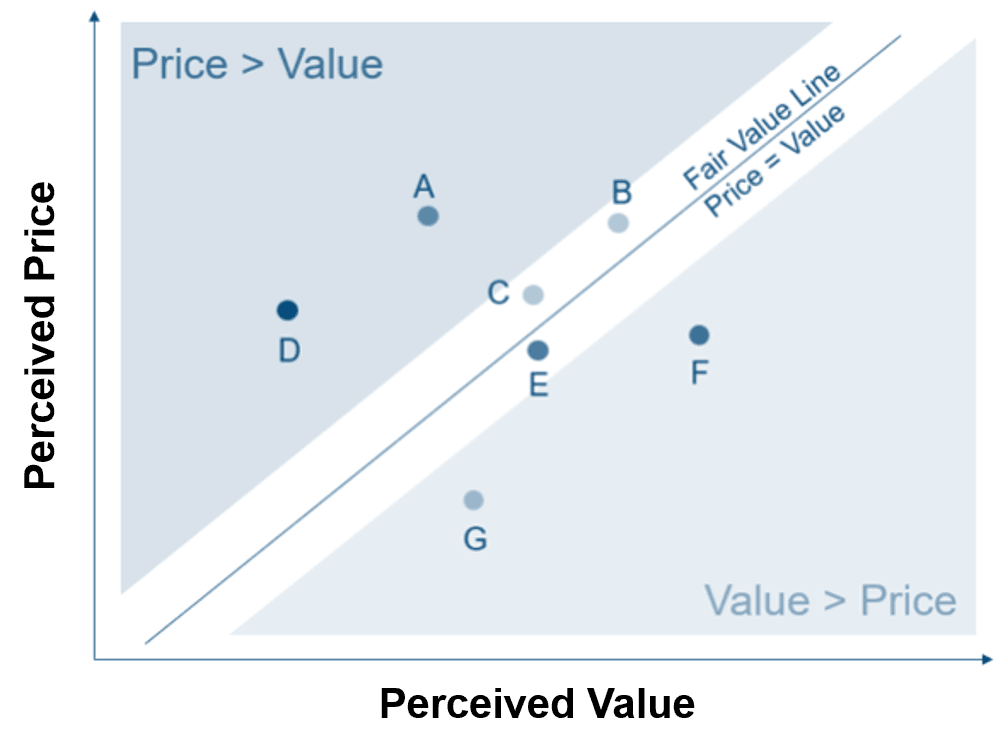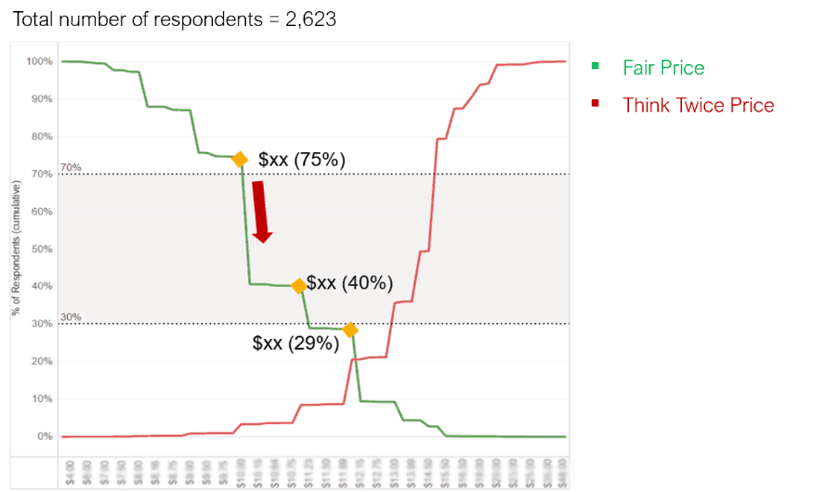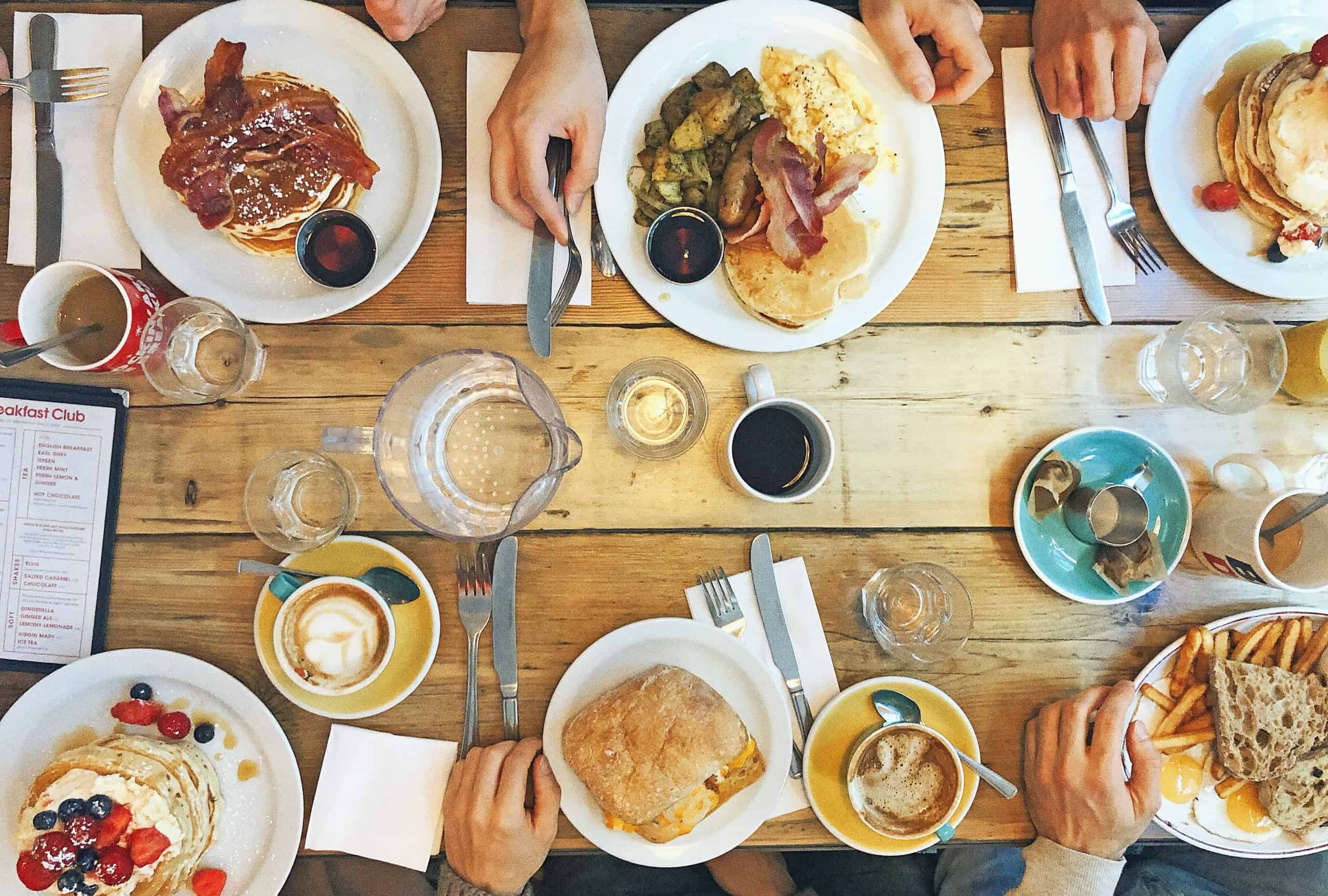By Bijou Gurung, Pricing Research Consultant at Pricing Solutions
As a result of the recent industry challenges, pricing strategies within the restaurant and QSR sector are evolving rapidly, as more and more restaurants turn away from the ineffective cost-plus strategies of the past. Instead, the focus is on value-based pricing that combines advanced analytics with knowledge about consumer behavior.
Pricing Research & Analytics – A Powerful Combo
Together, analytical tools and consumer insights can be used to segment customers and track the performance of menu items and promotions to help restaurants achieve a higher return on investment (ROI) and remain competitive while ensuring prices are optimized according to the market standards.
Restaurant market research (which involves interviewing restaurant customers) aids analytics (which involves leveraging historical transactional data like point of sales data) by unlocking customers’ perceptions on value and price that historical transactional data may not account for. Pricing analytics help qualify the validity of market research and verify whether guest feedback translates into their actual behavior. Only when used together will market research and data analytics accurately reveal key insights about consumers’:
- Value perception
- Willingness to pay.
1. Capturing Customer Value Perception
Identifying and capturing value is critical to value-based pricing strategies. Consumer insights reveal what customers value the most (e.g. convenience vs. healthy meals) and if those value drivers are being met. Understanding a customer’s perception of value and price helps illustrate how restaurants are currently positioned in the market against key competitors. To completely understand this positioning, we map out how each player (restaurant) stacks up when it comes to their respective value and price offering.
This analysis uncovers one of three trajectories for a restaurant which will ultimately determine whether the restaurant will gain, maintain or risk losing market share:

Above: Perceived Price Value Map benchmarks client’s value positioning against competitors
- Value > Price
A value surplus scenario for a restaurant is indicative of a healthy positioning and shows us that the restaurant is able to sustain a higher price increase with minimal risk of losing market share.
- Value < Price
In contrast, a value deficit position may require a restaurant to re-evaluate their menu items and marketing strategies before executing any price changes.
- Value = Price
A value-price parity positioning is also possible. In this scenario value should be incrementally adjusted in accordance to price changes.
This value and price analysis provides market foresight from the customers’ perspective, which is necessary to create a winning value positioning strategy for future price adjustments.
Example
Read this case study to learn how restaurant market research helped our QSR client rebuild their pricing strategy and increase profit margin by 3%.
2. Measuring Customer Expectations
Understanding a customers’ willingness to pay can help restaurants and QSR discover key pricing thresholds – these are critical price points that the majority of customers consider to be fair or exceedingly high.
Pricing psychology and behavioral economics support the idea that consumers perceive different pricing (including price points and price structure) differently.
Our ‘Fair Price vs. Think Twice’ methodology measures customers’ price expectations at various price points. To do this, we identify key price points that would create the highest demand while observing price points that would detract a customer.
Through this methodology we also discover price points where there is little differential in the minds of customers. These price differentials offer restaurant operators the opportunity to fully capture customer demand at the next price threshold, which is the power behind pricing psychology.

Above: Fair Price Think Twice methodology applied to one of our QSR clients
With pricing analytics, a restaurant can implement these consumer insights to develop business rules and modelling procedures, which can also be applied based on customer and market segments. When customer insights and data analytics are used correctly, restaurants can strengthen their pricing models and maintain or gain customer share and loyalty without losing profits.
Customer insights and historical data are just a few ways to test key price thresholds. Other ways include conducting a follow-up or choice-modelling studies which use predictive analytics to understand consumer trade-offs on future/new menu items. These models can identify consumer thresholds for fair prices and “think twice” prices.
Leveraging Resources for Improved Profit Margins
Many of our restaurant clients already invest heavily in customer loyalty programs. Leveraging pre-existing business resources to engage with customers via online surveys takes minimal effort, but with a huge payoff. We have also worked with restaurant clients that may not have a customer database, and in these instances, we bring in our trusted online consumer panel partners.
Piecing together customer insights with data analytics helps our restaurant and QSR clients move forward with confidence knowing the market and their customers. The intersection of restaurant market research and analytics provides for an interesting dynamic and enriching insights. At Pricing Solutions, we leverage both to provide our customers with information for sales, operating and pricing forecasts. With this approach analytics and research are complimentary and when used as such help restaurant and QSR arrive at an optimized business solution that has significant and sustainable impact on their business.
If you think you may benefit from pricing advice, please do not hesitate to contact our restaurant and QSR team.




